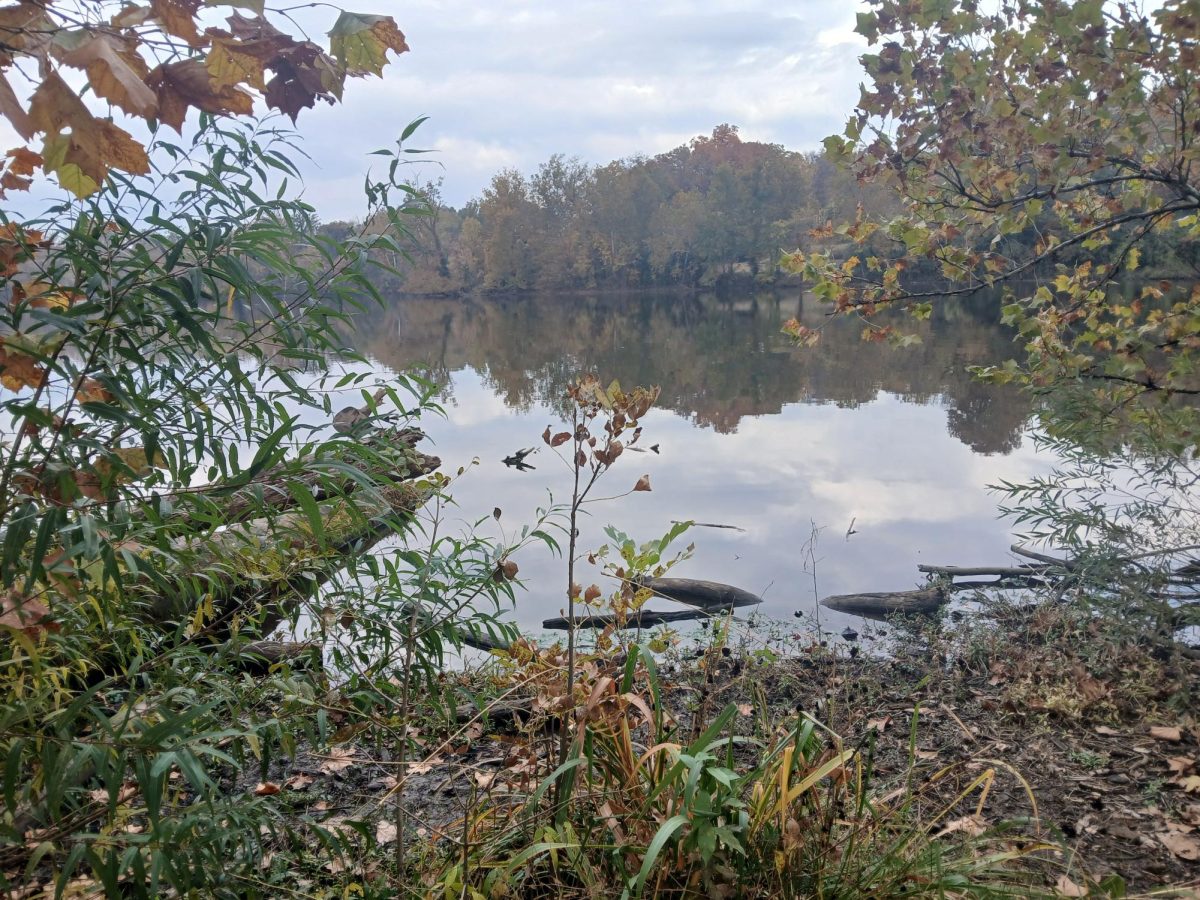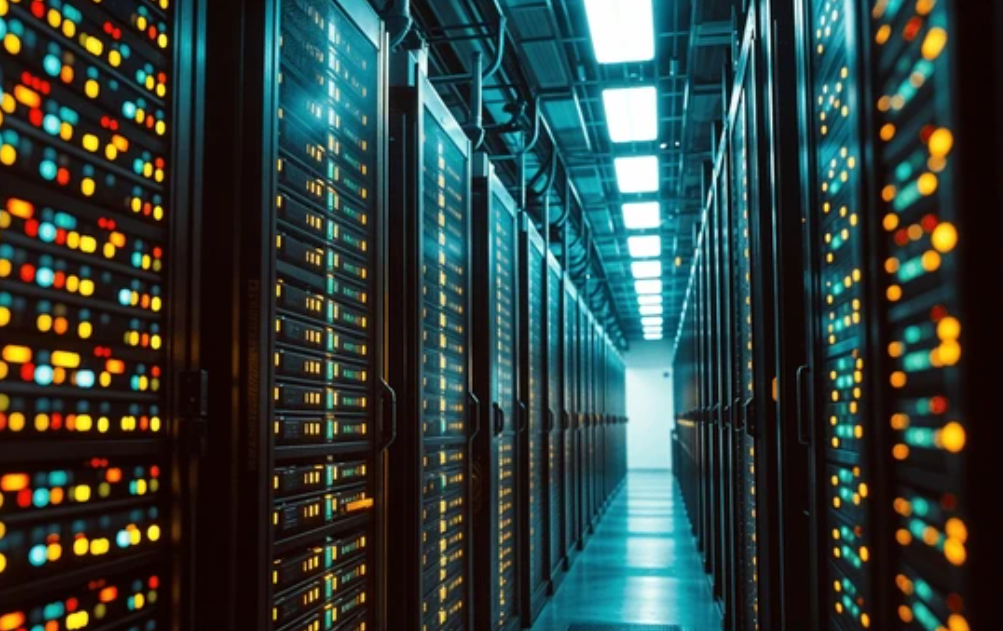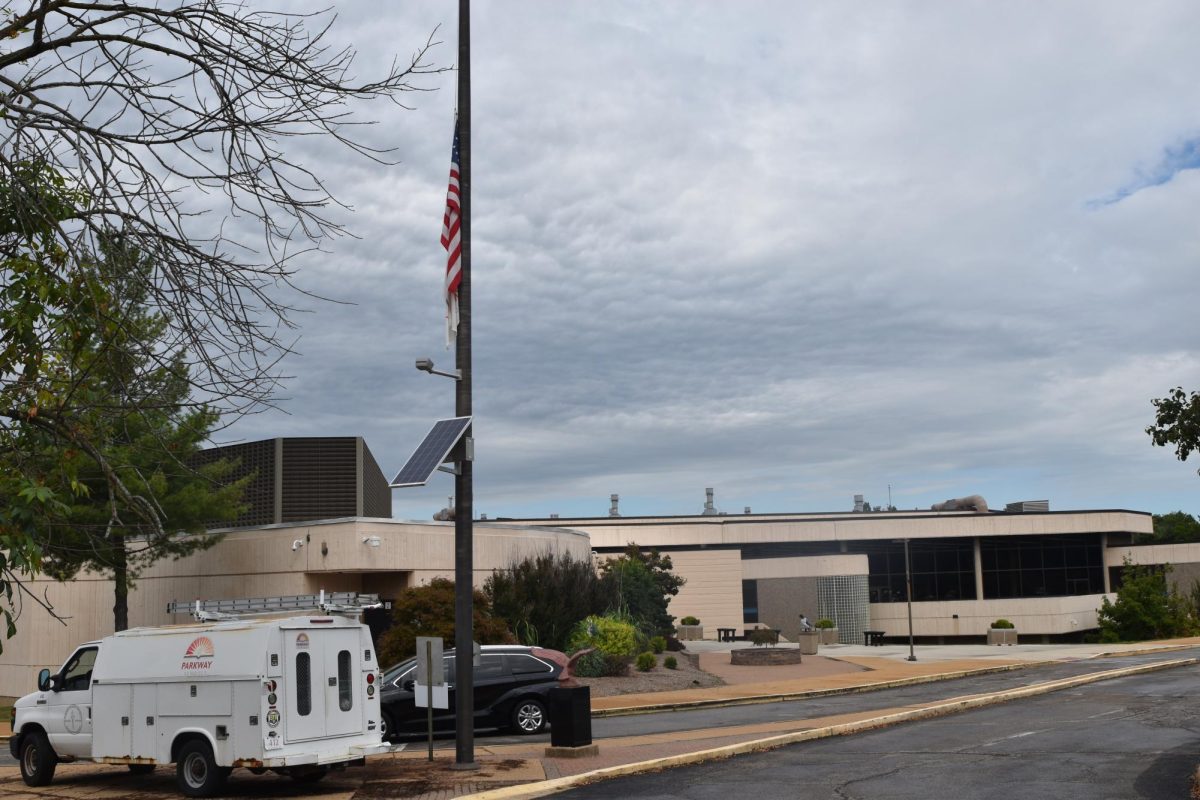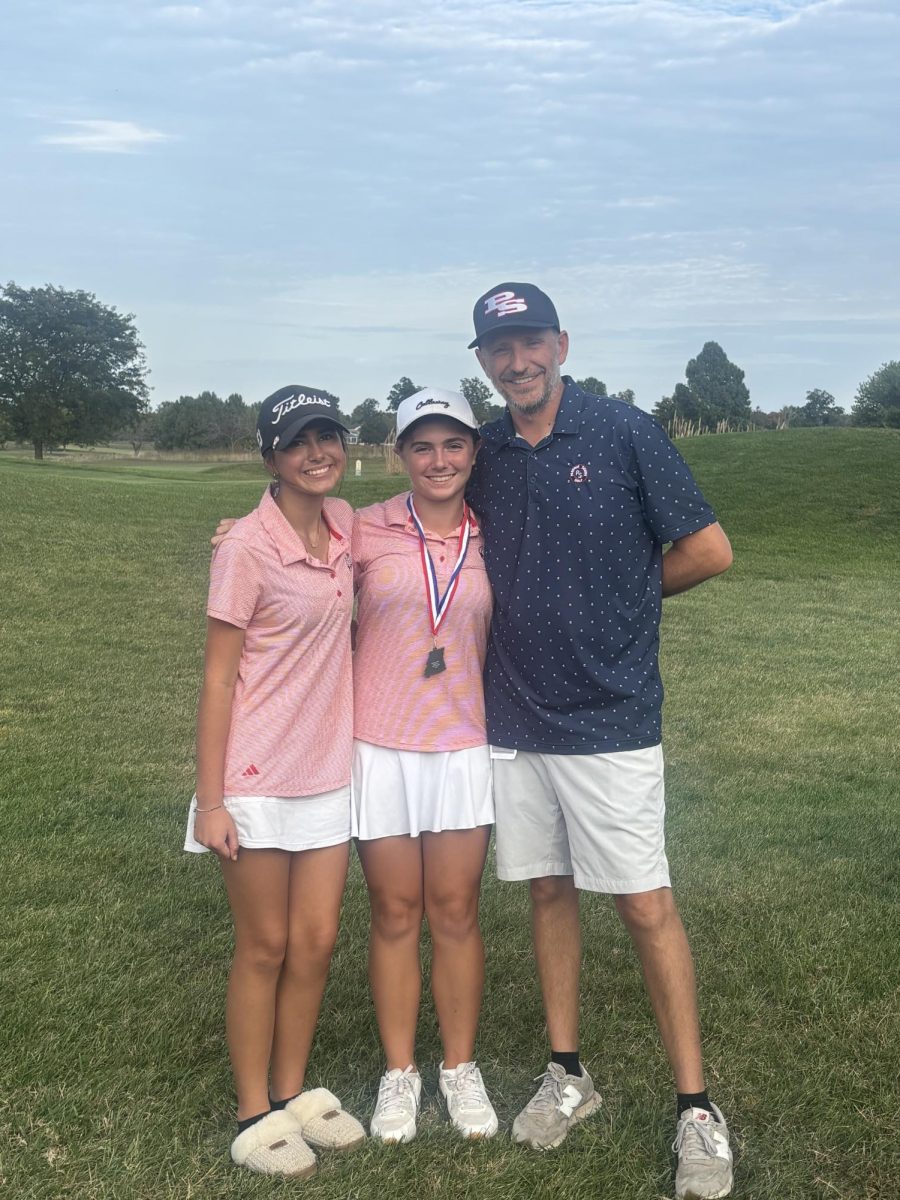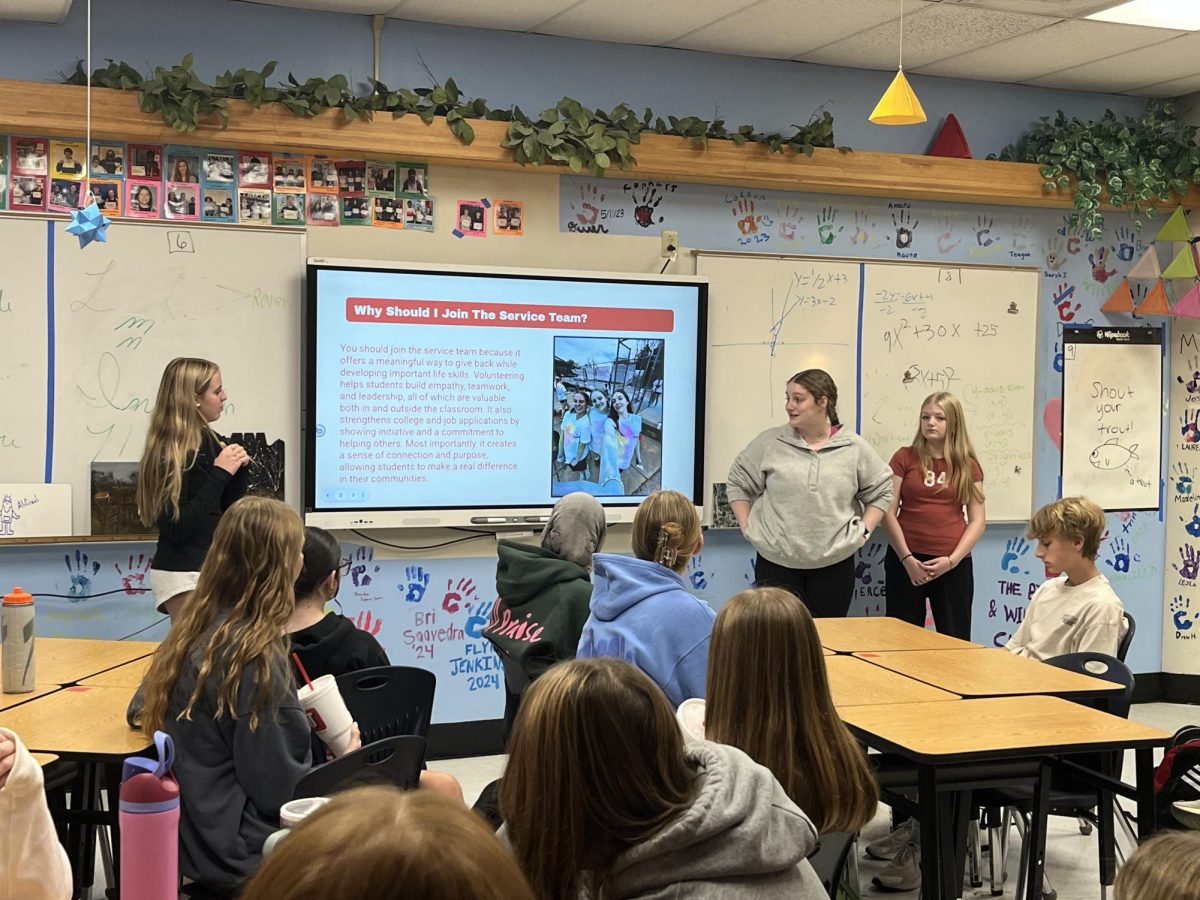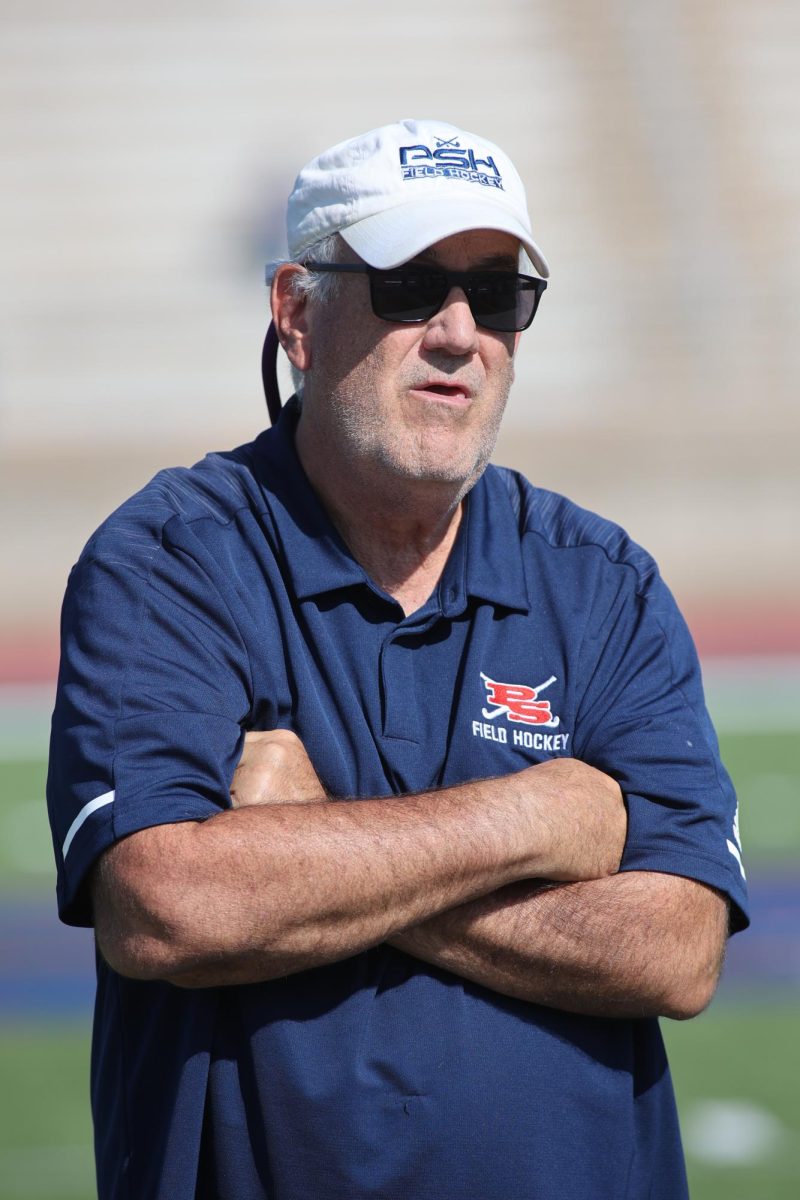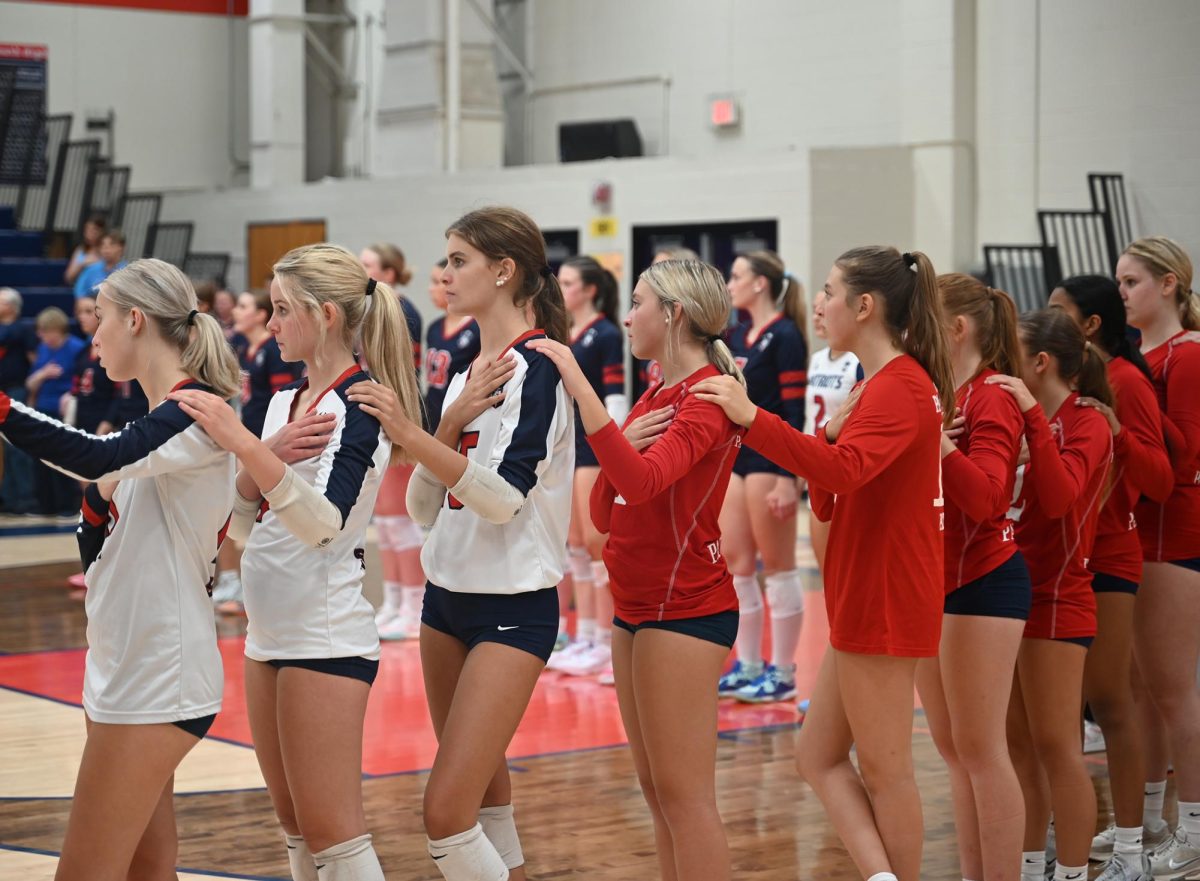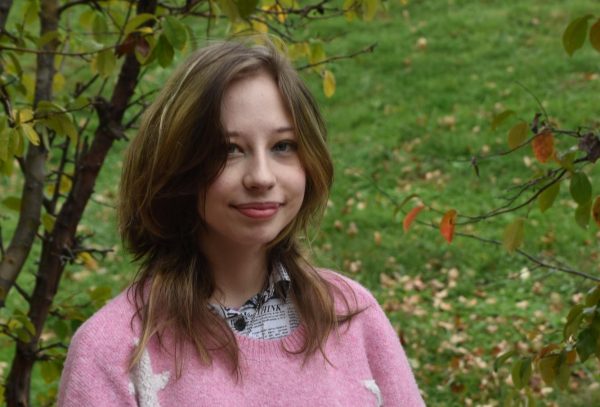All over the news, there are articles about how the earth is doomed if climate change gets any worse. A lot of people care, but sometimes they just don’t know where to start if they want to help the environment.
For students at South who care about the environment, there’s an elective for that. However, with so many choices for electives, a person could go their whole time at high school without knowing about an elective that will teach them exactly what they want to learn. Environmental Issues is a class that should especially be brought to students’ attention, as it’s more relevant now than ever with scientific evidence that things like climate change and pollution are getting worse every year.
Environmental Issues has been offered as an elective for around 21 years, since 2003. The current teacher, Matt Morris, has been teaching it for 8 years.
Although the class is only a semester-long, it’s packed full of hands-on learning experiences that will give students a real perception of the environment’s state through activities that involve interacting with the environment.
For example, field trips (called field experiences) to places like Castlewood Park are a big reason why many students choose to take the class. The field experiences allow them to see the environment that they talk about in class and give them the opportunity to explore nature themselves, something that is sometimes hard to come by in a school setting.
“The field trip to Castlewood made me admire and digest the beauty of nature,” said senior Sofi Maloney. “It was a fun and laid-back field trip.”
Being able to experience the nature discussed in class firsthand also changed the way that junior Leah Yoseph thinks about the environment.
“I think it definitely changed my view. I realized humans can create this, like people can do this. It makes me feel a bit sad, but I think It’s just something we have to face now,” said Yoseph.
Whatever place the students travel to is usually based on one of the three units that the class has. These include climate change, environmental justice & activism, and waste and landfills.
“I think [Environmental Issues] is a way to bring the environment to students and make them feel like they’re a part of it,” said Morris.
The importance of the class isn’t just getting out in nature, though. In Environmental Issues, students learn about all sorts of climate change and pollution events that are happening around the world, as well as educate themselves on how they can make an impact and why these environmental problems matter so much.
From day one, Morris teaches about the effects of climate change and other issues that are happening now and will happen in our lifetimes. This includes things that are happening in St. Louis, right next to the places where we live and work.
“There’s a couple of really good examples of environmental issues going on in St. Louis and St. Louis County,” said Morris about the more local issues he covers in his class.
The real problem with environmental Issues is getting people to care about them and identify with them. This is because everything feels so far off in the future as if it’ll never happen to them specifically.
The Environmental Issues class teaches that a lot of the issues students will learn about in the class are very close to home for a lot of students. In the city, public schools have high amounts of lead in their water supply, four to five times the safe amount. Only 11 minutes away from South, there’s Simpson Lake, which used to be heavily polluted. Other polluted areas around St. Louis include Coldwater Creek, and the Westlake Landfill where there’s radioactive contamination declared by the EPA. Due to climate change, the St. Louis region faces issues of extreme heat stress, extreme rainfall, and wildfire risk, according to Morris.
One of the many statistics Morris shares with his class is that, in the present, fewer people identify as Environmentalists, also meaning that people are less likely to take action. Environmental Issues teaches the opposite mindset.
“I hope to get students interested in the topic, and then they go be the change in the world,” said Morris, “I just try to teach them different ways and little changes in their lives that can help with climate change and help with issues, like eating less meat, carpooling, maybe tiny things like that. If we do that on a large scale, it makes a big difference.”
Environmental Issues is a class that encourages students to care about the environment at its core. If people learn about things they can identify with, they’re more inspired to take action, which is the ultimate reason why students should take this class, even if they don’t think of themselves as someone who can make a big change.
“The number one thing is educating yourself and admitting that it’s a problem, that we are polluting the planet, and that climate change is happening. Once we accept it, then we can start moving forward and making more changes,” said Morris.


